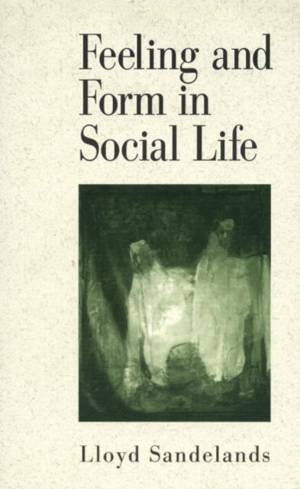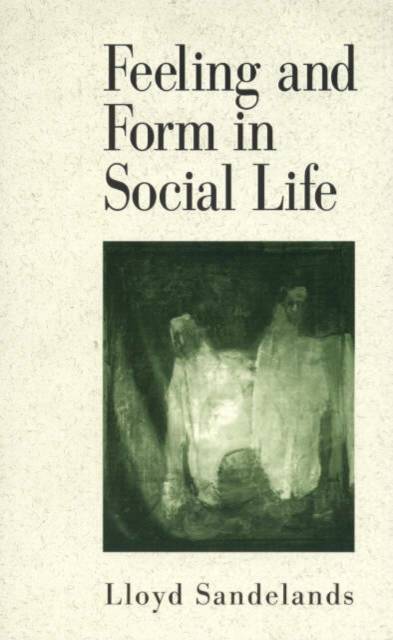
- Afhalen na 1 uur in een winkel met voorraad
- Gratis thuislevering in België vanaf € 30
- Ruim aanbod met 7 miljoen producten
- Afhalen na 1 uur in een winkel met voorraad
- Gratis thuislevering in België vanaf € 30
- Ruim aanbod met 7 miljoen producten
Zoeken
Omschrijving
Despite the significant contributions of Durkheim, Freud, Kroeber, Mead, Asch, Giddens, and others, social science remains uncertain about its founding idea of society. There is little certainty about what, if anything, is created when people come together in a romantic pair, a family, a club, a work team, a business corporation, or a nation state, which only leads to important philosophical problems for social scientists and practitioners. Feeling and Form in Social Life shows how a vigorous and practical science of society can be built. Drawing in part from the philosophy of Susanne Langer, Lloyd Sandelands reveals human societies to be forms of life known intuitively as feelings of a whole rather than as observed interactions of persons. These feelings, which are personal and subjective, are made public and objective by the uniquely human capacity for artistic abstraction. Through art, people turn invisible feelings and forms of society into visible objects and performances that can be shared and studied scientifically. The book brings this idea of society to life with diverse examples of social feelings and forms expressed in a stadium chant, folk dance, gift ritual, tree symbols, photograph, and organization chart. Sandelands concludes with a powerful discussion of the implications of this idea for expanding the scope of social science and for resolving its persistent underlying confusions.
Specificaties
Betrokkenen
- Auteur(s):
- Uitgeverij:
Inhoud
- Aantal bladzijden:
- 272
- Taal:
- Engels
- Reeks:
Eigenschappen
- Productcode (EAN):
- 9780847687169
- Verschijningsdatum:
- 18/12/1997
- Uitvoering:
- Hardcover
- Formaat:
- Genaaid
- Afmetingen:
- 171 mm x 238 mm
- Gewicht:
- 462 g

Alleen bij Standaard Boekhandel
+ 251 punten op je klantenkaart van Standaard Boekhandel
Beoordelingen
We publiceren alleen reviews die voldoen aan de voorwaarden voor reviews. Bekijk onze voorwaarden voor reviews.











